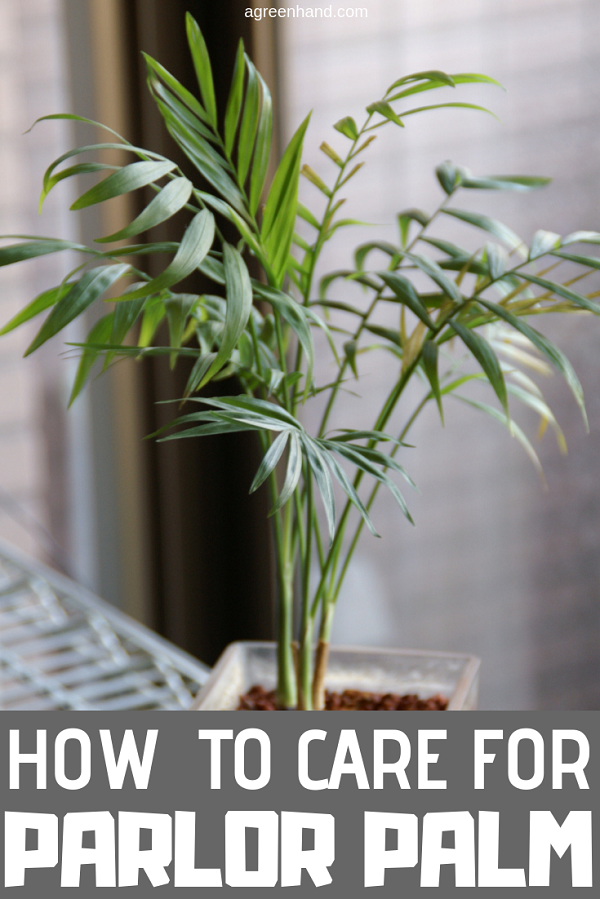The parlor palm softens architectural lines and brightens dark corners, which made it especially popular during the Victorian era and now in office cubicles
The parlor palm, Chamaedorea elegans, can be your friend, even if you spend long days staring at a computer screen in a dimly lit office cubicle. The extra warmth generated by the computer’s hard drive tower is welcomed by this dark green plant with elegantly arched fronds carrying long, blade-like leaves. The low light, even if exclusively from fluorescent bulbs, is all it needs to maintain a healthy lifestyle.
This is not a plant I take outdoors in the summer. Extra sunlight will turn the fronds yellow and brown. Let this palm be your sedate indoor buddy, like a maiden aunt who comes for tea and prefers to sit in the warm, shaded parlor instead of on the sunny, breezy deck.
Information About Parlor Palm
A native plant of a tropical clime, the parlor palm quickly became a favorite of Victorian-era hostesses who looked for ways to relieve the drabness of gray winter days or rooms darkened by heavy draperies drawn across windows to prevent the fading of expensive fabrics on furniture and carpets. Placed on tall ornamental stands or grouped on the floor in front of an alcove of musicians, the parlor palm, which can grow three feet wide as well as high, became both a decorative element and a living screen.
In today’s environment, the parlor palm becomes the cubicle companion or the family den friend. Not fussy about light exposure, this plant shuns bright and direct light exposures, which brown its leaves. The parlor palm is easy going. Forgetting to water it is not a problem. Soggy is bad. Dry between watering is good.
Basic Care of the Parlor Palm
As to soil, a store-bought potting mix is all the parlor palm needs. Feeding monthly with a liquid fertilizer from spring through fall or using plant food sticks once a season (except winter) will keep the parlor palm happy and green. This palm likes company, so don’t be too quick to transplant. Do it when the pot is really crowded. Take the opportunity to divide the root clumps and repot with fresh soil. Hold off the food for a month or two, until the plants become reestablished.
Watch out for bugs on the new leaf shoots that the parlor palm sends up regularly when it’s happy. Insects love to suck the nectar of new growth, so if you see tiny white spots that shouldn’t be on a closed frond, wet a soft tissue with water and a dab of rubbing alcohol and quickly but firmly wipe along the length of the shoot, from root base to tip. Wipe again with a tissue wet with plain water.
The parlor palm occasionally produces a stalk of seeds the size of a mustard seed. My advice is to clip off these shoots as soon as you recognize them. The seeds rarely germinate but will fall off and roll everywhere — onto floors, into carpets, and into the mouths of roving pets.




